Lake Baikal is free! Hurrah and Huzzah! Some very positive developments as the year moves. I look forward to future progress.
- 1
I'm still flabbergasted at the design. I hope my eyes get used to it.but for the delay for the rather ugly new forum design,
I didn't know a piston MiG-9 existedwhose multi-role escort fighters (non-jet MiG-9 ‘Fargos’)
I confirm there's a broken pic
Operational summary, Far East – Mongolian Sector, April 1945.
Wheeee!!!!Two days later Level 4 aero engine design was attained, which brought all main fighter designs to that level (1945 standard). This allowed the new aircraft type of helicopters to be researched, with the aim to improve battlefield medical evacuation (and perhaps pilot rescue) in the future.
I believe this is going to be quite useful, combined arms in 3 dimensions! encirclement from above!With four-engine airframe development now beginning to approach contemporary standards, cargo capacity was finally addressed, with the niche paratroop capability being developed for future landing operations against Japan – and potentially in a later conflict with the West.
unfortunately this is the case for so many lines of techbut it was still behind the times by contemporary standards
What is the name of the new model?Two days later Level 4 aero engine design was attained, which brought all main fighter designs to that level (1945 standard).
This paragraph answers 2 of my earlier questionsAnd on 10 April, the latest interceptor model had been upgraded to the Yak-15 ‘Feather’, though none had yet been put into operational service, meaning the Yak-3 was the front-line fighter until upgrades had been completed. The latest multi-role fighter was still the MiG-9 ‘Fargo’. There were plans for both designs to be equipped with jet engines, but these were not yet ready [just me trying to gloss over the obvious Paradox discontinuity in the pictures/models].
Excellent progress, about to shut the doors for the grand pocketThe Far Eastern Theatre had seen excellent gains in the Centre and Southern (Lake Baikal) sectors. The Far North and Mongolia had seen no territory change hands.
It feels like it's Paradox dropping the ball massivelyStrange, you went straight from the Yak-3 and the La-5 to the Yak-15 and the MiG-9. Where were the Yak-7 and the La-7? Was development so rapid that they were obsolete before entering into service?
Hoping we can have August Storm early!Good results all around, given the season. Looking forward to an aggressive spring offensive and perhaps we can finish things off with our own version of August Storm?
Really liking the new maps giving an overview of each front plus the theater overview at the end to put it all in context. One suggestion would be to still have a small legend for the symbols in each map, I know I easily forget which symbol means what, and that way if a specific map needs a unique symbol for some reason that's trivial to add without breaking up the flow of the whole post to show us a new symbols graphic.
Yes - these last couple of months went a bit better than expected, for me. After January-February, I thought this might have taken longer.Lake Baikal is free! Hurrah and Huzzah! Some very positive developments as the year moves. I look forward to future progress.
7th Army has been great! The lack of air support in the south really showed this month. Happy for the Japanese to stay where they are in the north and get cut off, though they do have another port in the north I’ll need to take to cut off all their supplies.Decent progress, except for the frozen north and Mongolia. The 7th army seems to be doing exactly what you want from it. Soon the Pacific coast will be reached, and the Northern Siberian pocket will be closed.
Strange, you went straight from the Yak-3 and the La-5 to the Yak-15 and the MiG-9. Where were the Yak-7 and the La-7? Was development so rapid that they were obsolete before entering into service?
Thank you! I’m also applying some of the things I’m developing here for my TT AAR as well, as you probably noticed. Still working on it as I go, trying to reduce effort and improve the clarity.I'm really liking your experiments with the battles etc. I've made all new templates for my own battle reporting, and have been incorporating some of the feedback people have given here.
That really would be good. Then I can start concentrating on how to knock the Japanese right out of the war. After that, some interesting strategic choices to be made, regarding the rest of Asia that isn’t yet aligned (though not too much of that) and the Allies.The offensive continues making progress, despite fierce resistance from the Japanese. If you can keep the momentum up, we might see the Soviet Far East effectively reclaimed before winter comes.
A bit of a shocker! My biggest gripes are the elimination of threadmarks (May have to go back to contents pages again!) and how it looks on a PC especially.I'm still flabbergasted at the design. I hope my eyes get used to it.
Will fix later today, along with a map legend solution. Also, I have some bonus material I didn’t have room for in the main post.I confirm there's a broken pic
It’s another thing I haven’t used much in past games that I can experiment with here.I believe this is going to be quite useful, combined arms in 3 dimensions! encirclement from above!
Hoping I can digest the lot of them, though the speed in the far north is quite slow.Excellent progress, about to shut the doors for the grand pocket
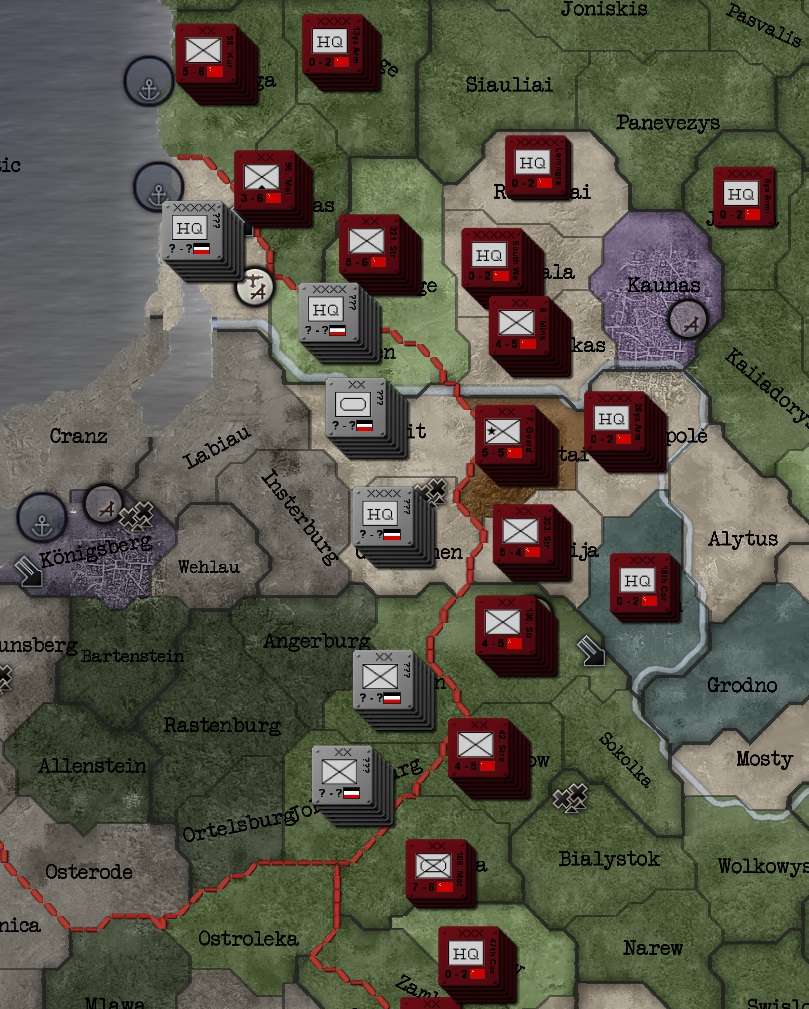
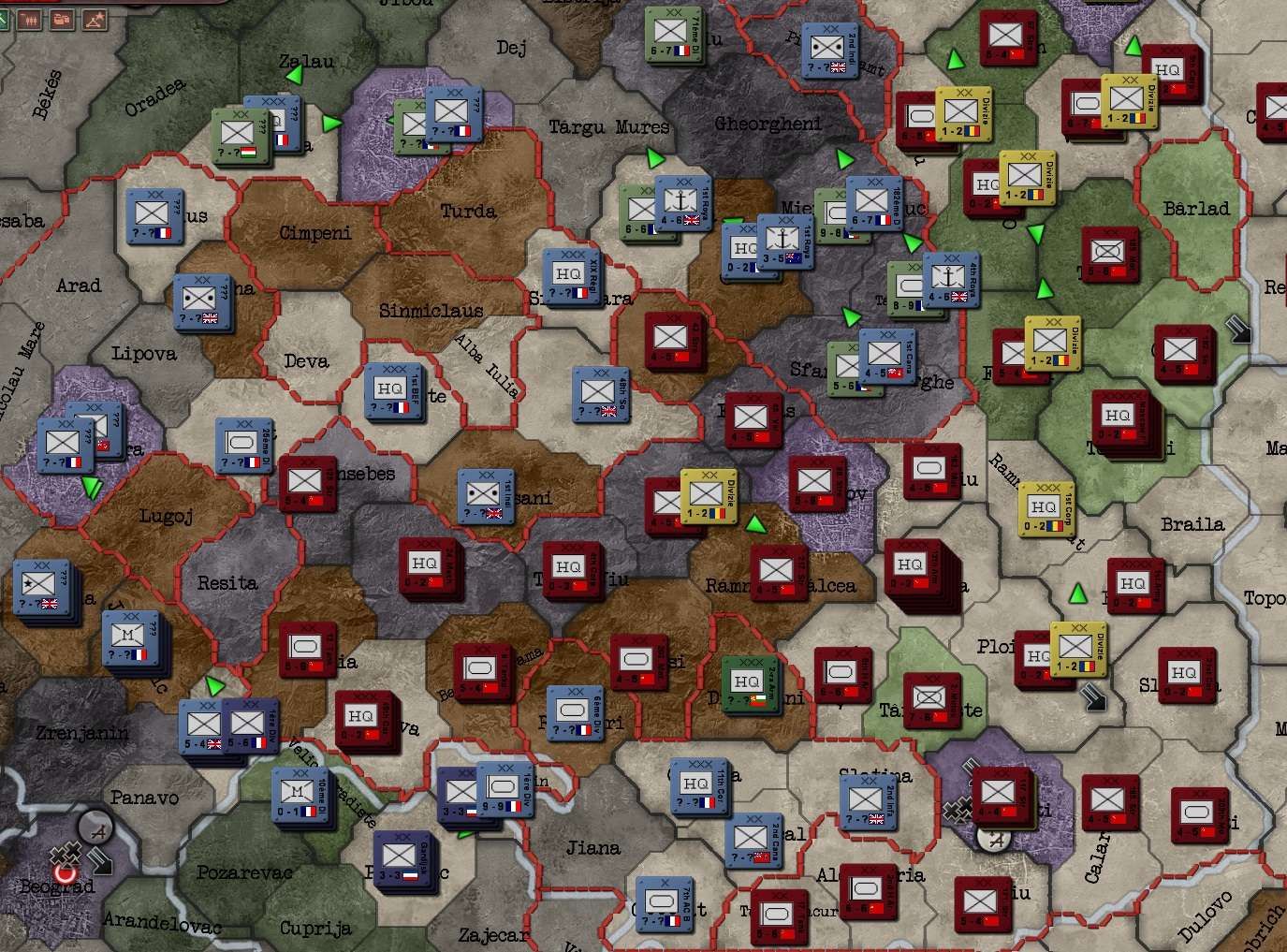
I like to be a pioneerA musical interlude in an AAR, now I've seen it all!
A cultural exchange of each respective culture's forms of flying metal balls, perhaps.Now now now, those aren't opposing deathstacks. They are just a large bunch of lads who with to engage in an active, not to say rumbunctious "get to know" you exercise in the healthy outdoor mud and sleet. Call it a physical cultural exchange?
That is a good point. One should not forget the aggressive exchange of practical metallurgyA cultural exchange of each respective culture's forms of flying metal balls, perhaps.
Same here. I do like a wide range though. I will have a listen to these when my wife isn’t around. The Iron Maiden track accidentally started playing loudly (delayed load) last night as I was sitting next to her watching Homeland and checked the iPad. I don’t want another one of those looks any time soon!I'm not typically a hard rock / metal guy myself (though I have a couple bands I like)

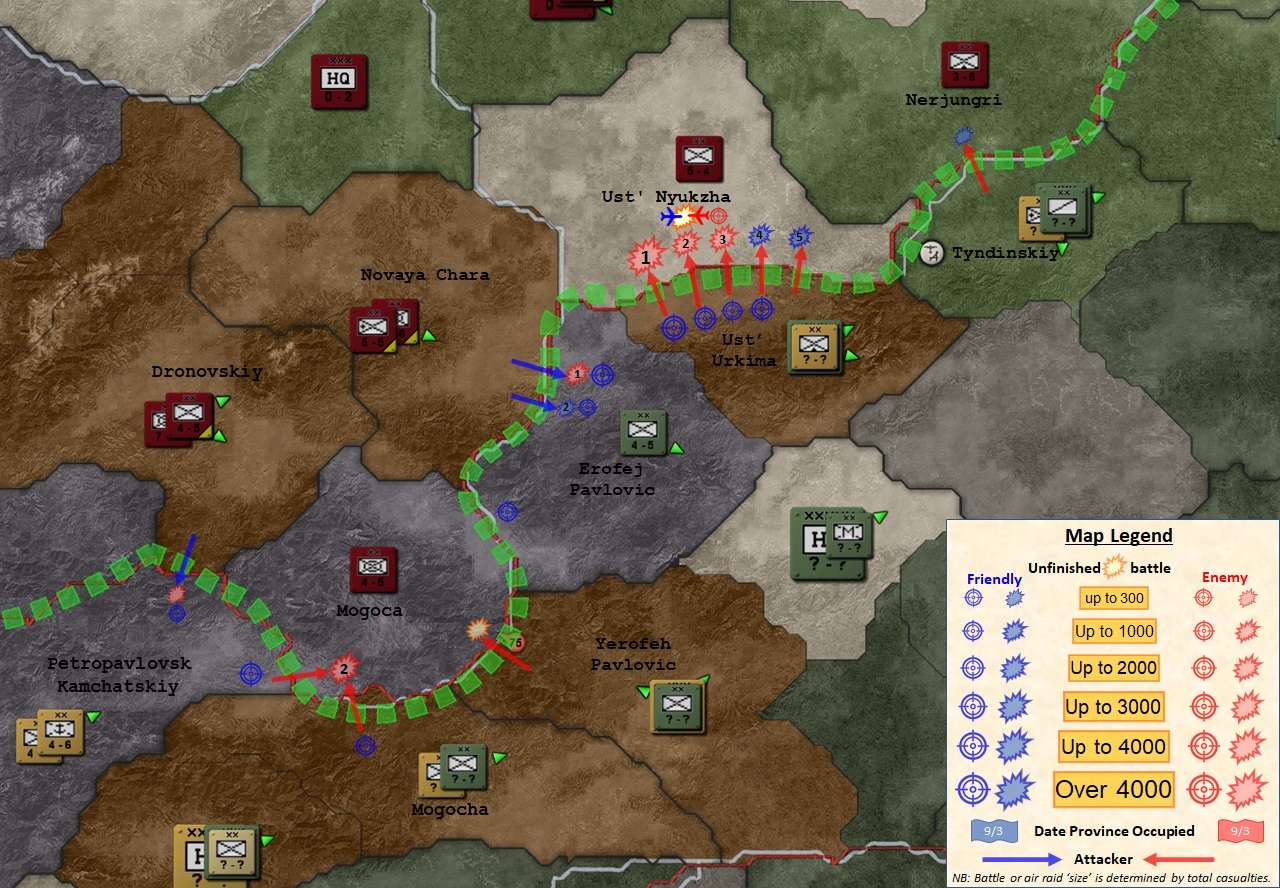




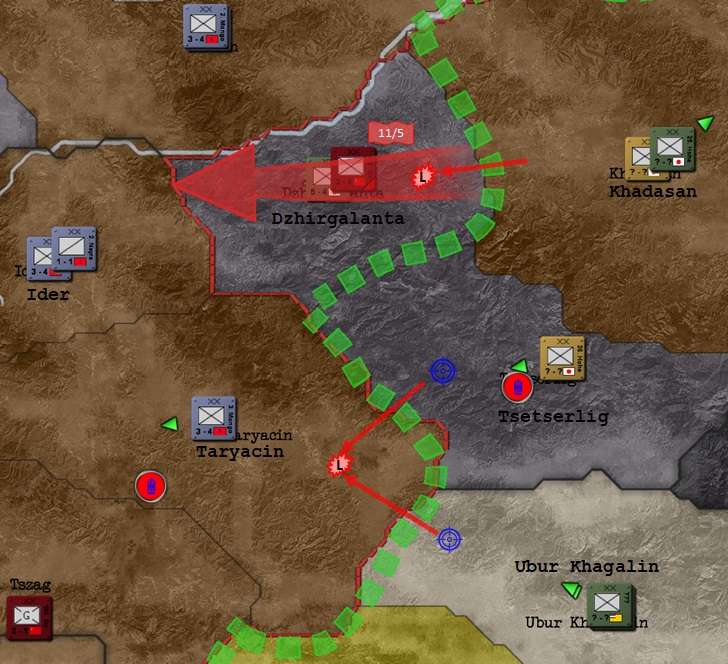
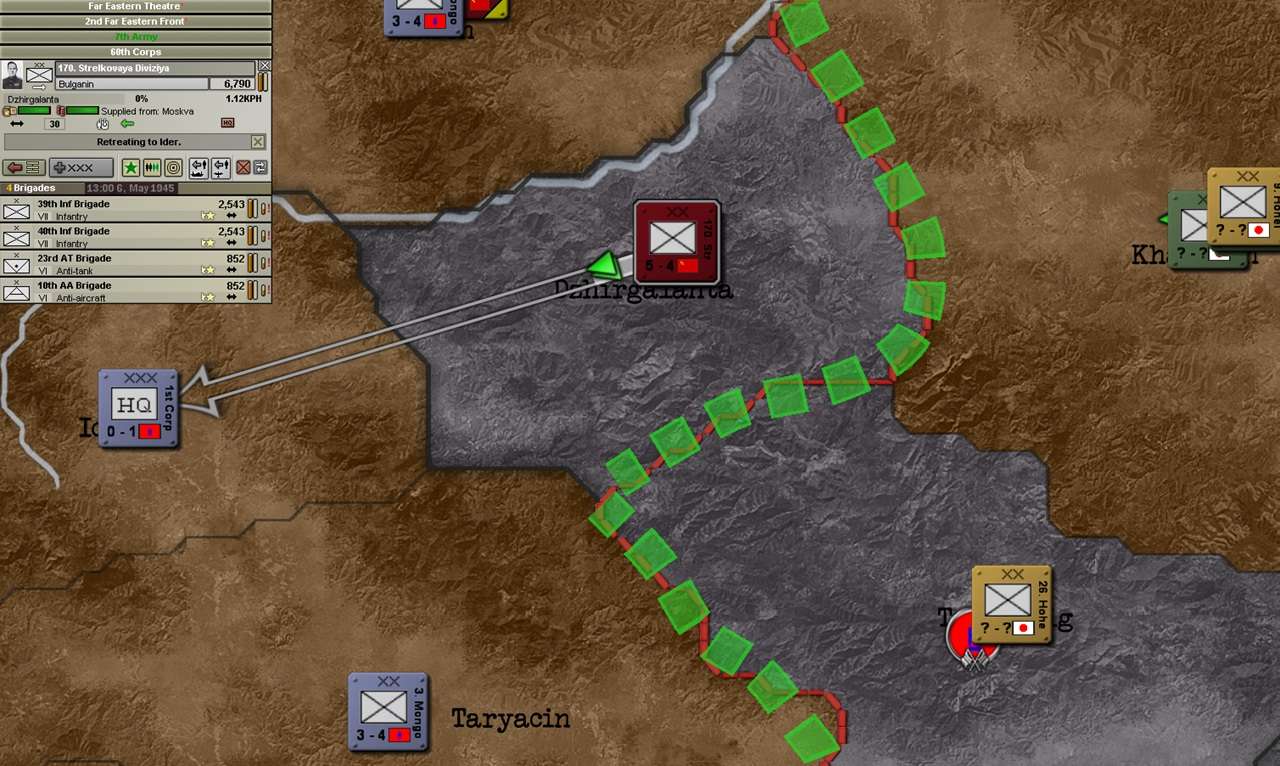


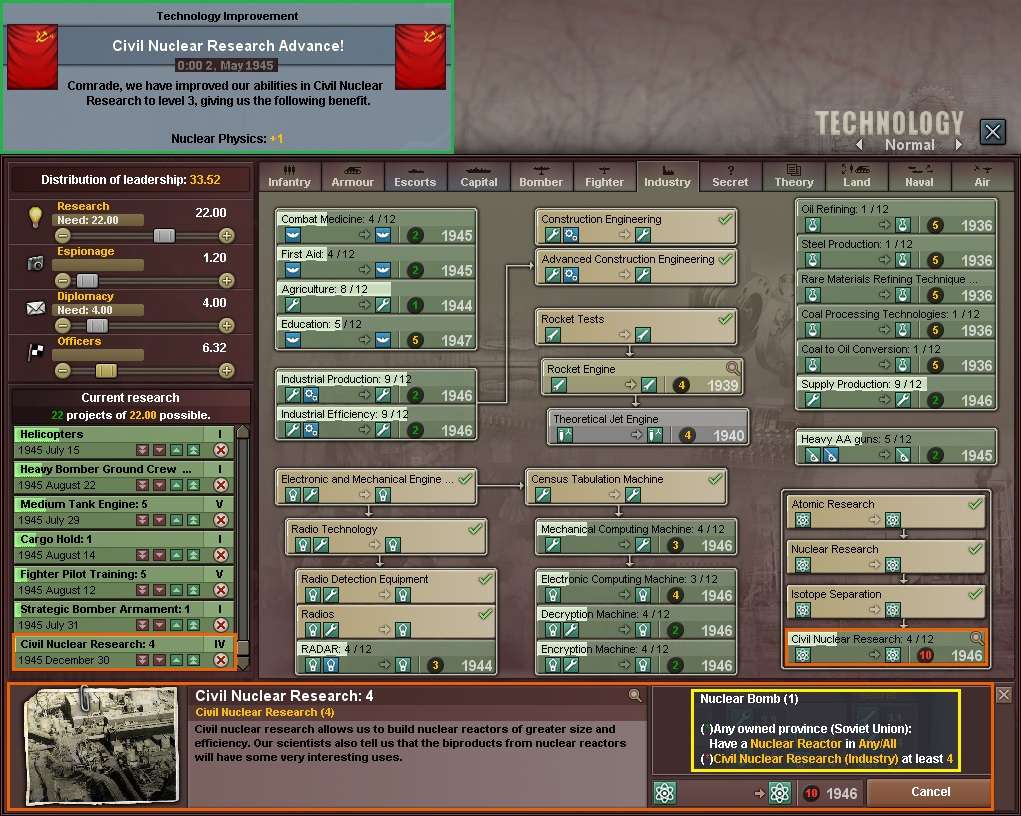
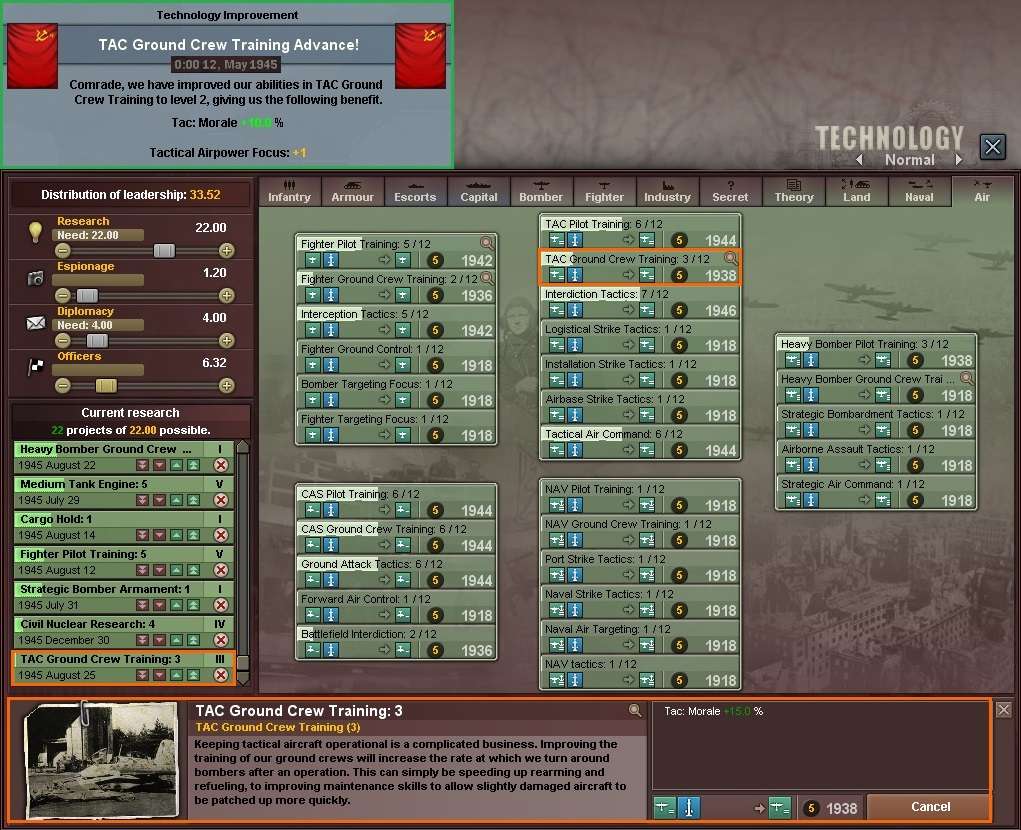
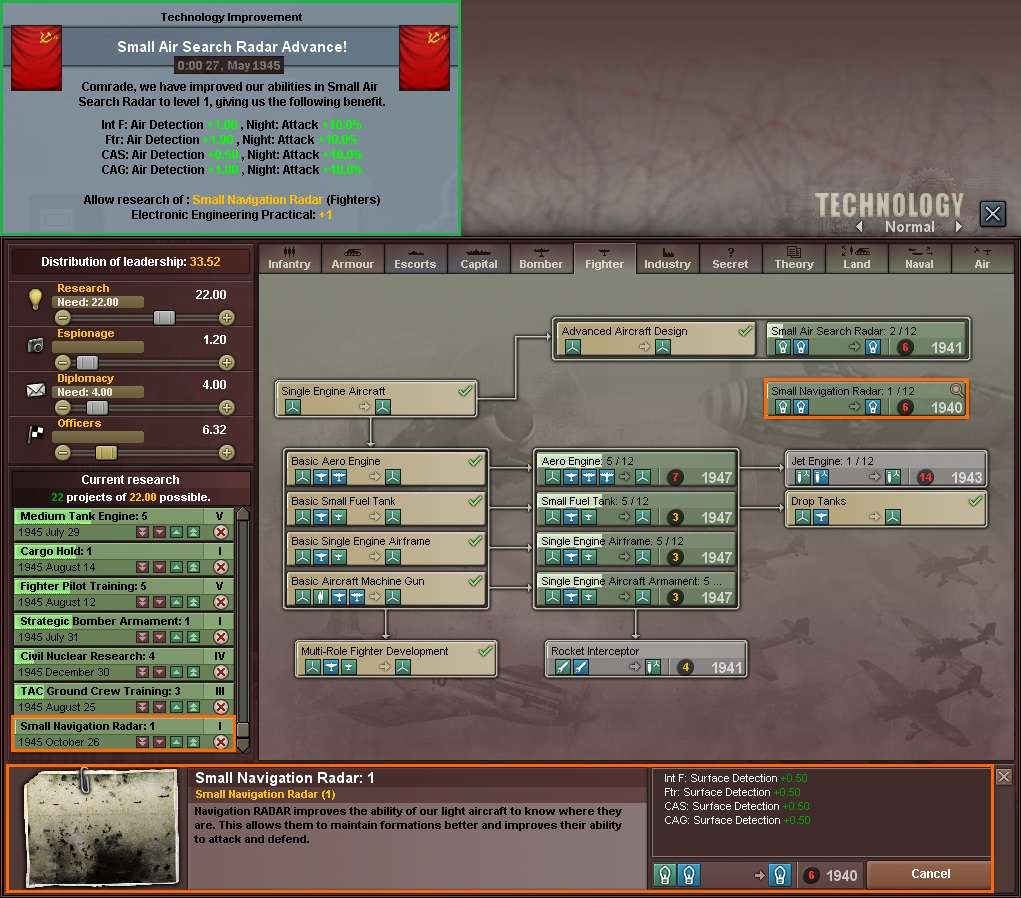




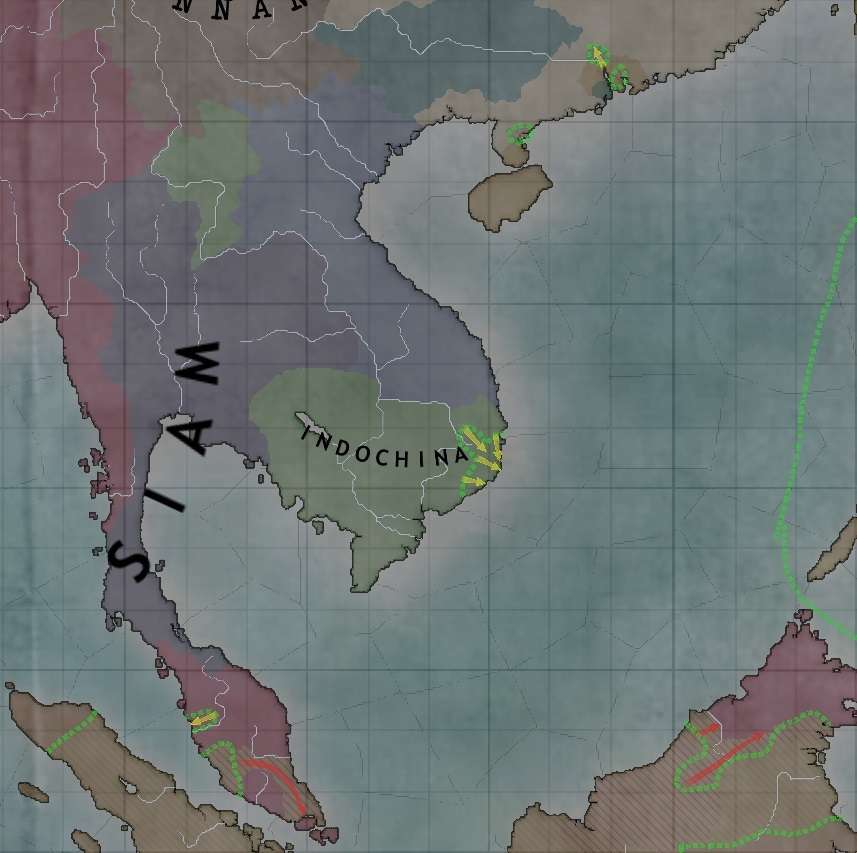

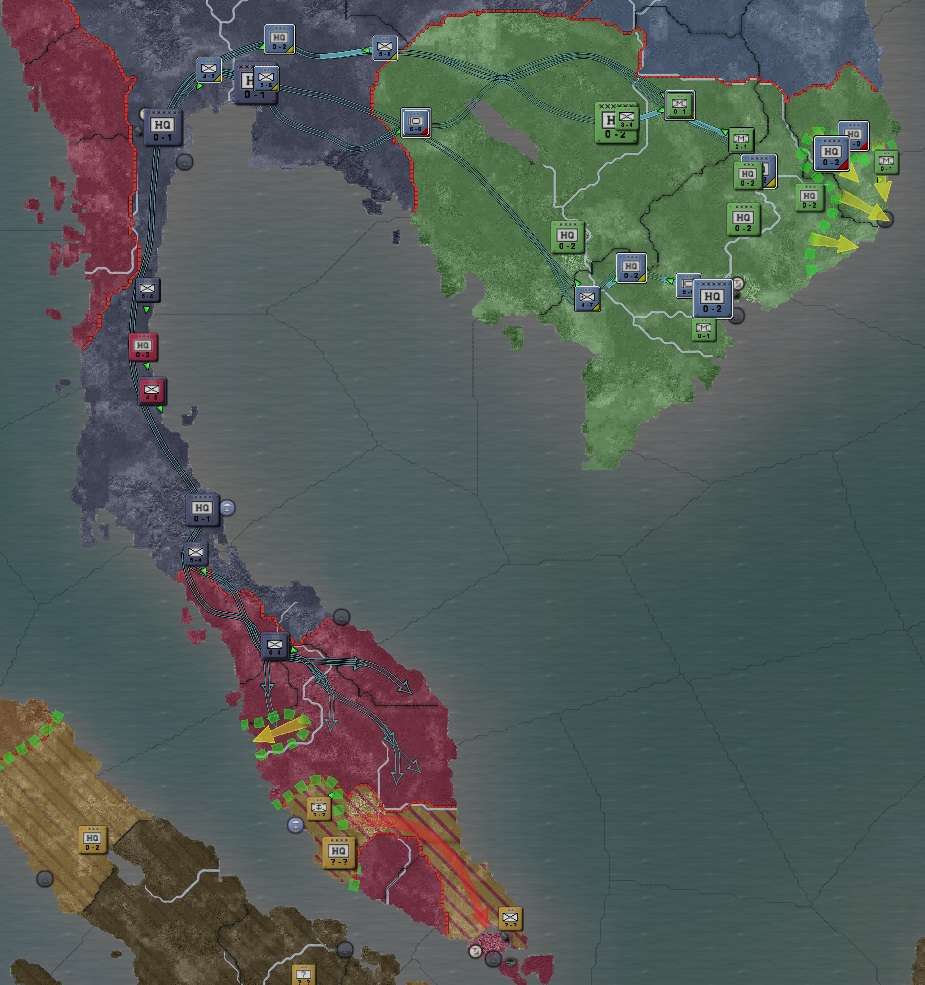


I always research this but have no idea if it's really helpful or notThe first Soviet airborne radar was developed on 27 May and was gradually introduced to active single engine aircraft wings. Night fighting capability would finally begin to improve. Work on a complementary navigation radar was commenced. [It seemed like the ‘right thing to do’, but are there views on the usefulness of the surface detection buff that results?]
The first Soviet airborne radar was developed on 27 May and was gradually introduced to active single engine aircraft wings. Night fighting capability would finally begin to improve. Work on a complementary navigation radar was commenced. [It seemed like the ‘right thing to do’, but are there views on the usefulness of the surface detection buff that results?]
